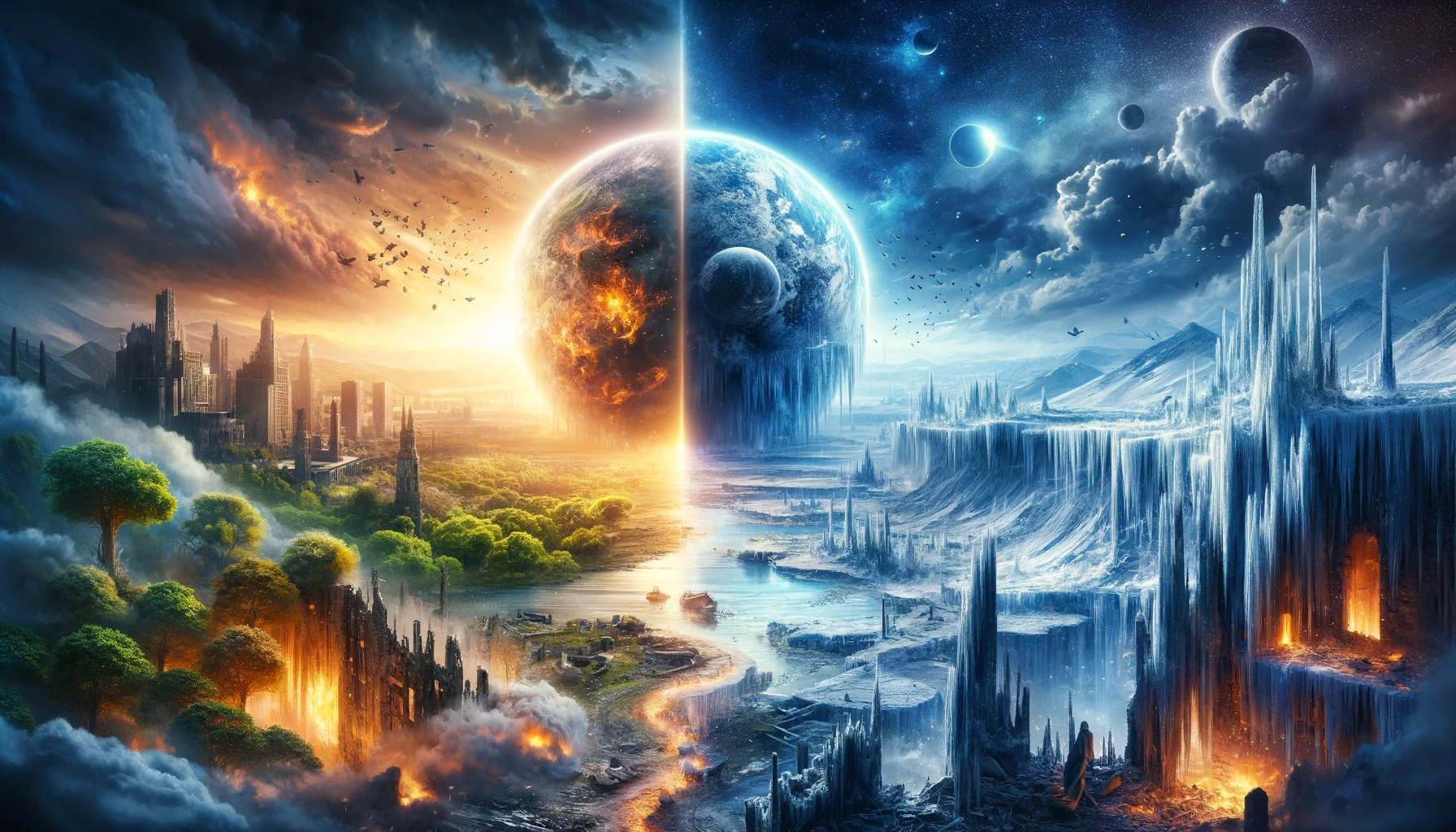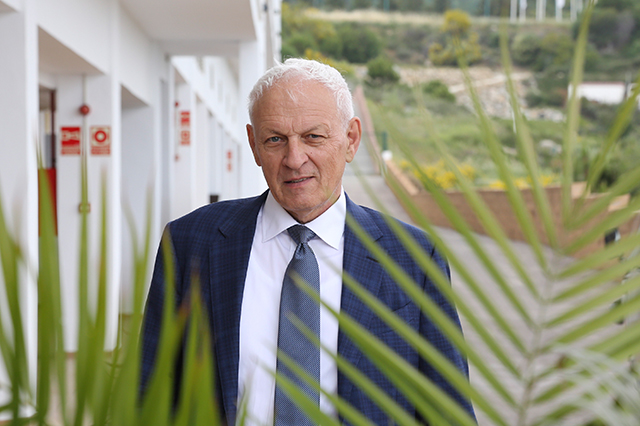Peace: An Impossible Mission?
In the quiet moments of reflection, I often find myself contemplating the profound responsibility that rests on our shoulders. It’s a familiar challenge, one that feels as old as time itself, yet filled with new urgency in today’s world. The call to action, to make a meaningful difference, resonates deeply within me, despite the initial hesitance and the echoes of past endeavours that left me weary.
The wisdom of those who have guided me whispers again in the recesses of my dreams, reminding me of the unique gifts we all hold. “You are equipped,” someone says, “with the strength and the vision necessary for this moment in history.” It’s a thought that both daunts and inspires, acknowledging the rare opportunity we have to influence the course of our collective journey.
The task ahead is clear, though daunting: to foster a transition into a new era, one that heals and rejuvenates the very essence of our global community. This isn’t about undoing the past but about learning from it, and embracing the growth that comes from introspection and emotional resilience. The alternative—a world cold and detached, refusing the warmth of genuine transformation—serves as a stark reminder of what’s at stake.
Throughout history, encompassing the lives of over 8 billion individuals today, many have been able to find solace, peace, and guidance in their faith and within the realms of specific religious beliefs, Others have connected to their inner spirituality or personal ethical agendas, Some even still believe in magic.
Unfortunately, between 74,301,502 and 109,279,140 people were indeed killed as a direct result of wars from 1800-2011 according to Deaths in Wars, World. (n.d.). Retrieved 4 April 2024. These deaths prove that humanity has paid the price and suffered the consequences of countless, pointless conflicts over the millennia. Although these deaths should not be forgotten it’s also important to recognize the brave individuals who have, often at great personal risk, stood against the barricades of war. These people are not always recorded in history books, but they exemplify the courage, resilience and inner strength that today are often hidden deep within the human spirit.
Even religions and religious leaders who proclaim peace and harmony for all humanity have often instigated wars, violence, torture, and horrific crimes against humanity. Even so, it’s crucial to acknowledge the efforts made by many to promote peace and reject conflict whether they be individuals, leaders, and followers. Again many acted even in the face of overwhelming challenges. Throughout history, a few religious leaders and believers have used their faith as a platform to advocate for peace and reconciliation. There have been persistent voices calling for an end to violence and the fostering of harmony. Some of these include:
- Mahatma Gandhi (Hinduism) – Perhaps one of the most famous proponents of non-violence (Ahimsa) and peaceful resistance, Gandhi led India to independence from British rule through a series of non-violent protests and civil disobedience campaigns.
- Martin Luther King Jr. (the Baptist Church) – Leader of the American Civil Rights Movement, King advocated for nonviolent resistance to overcome injustice, famously inspired by Gandhi’s success in India. His efforts were pivotal in ending the legal segregation of African-American citizens in the U.S. and the creation of the Civil Rights Act.
- Abdul Ghaffar Khan (Islam) – A close friend of Mahatma Gandhi, Khan was a Pashtun leader who promoted non-violent resistance to British rule in India. Known as the “Frontier Gandhi,” he was a devout Muslim who believed in non-violent Islamic principles, leading a peaceful resistance through the Khudai Khidmatgar movement in the North-West Frontier Province.
- Thích Nhất Hạnh (Buddhism) – A Vietnamese Zen Buddhist monk, Thích Nhất Hạnh was a prominent peace activist during the Vietnam War. He advocated for a peaceful resolution to the conflict and later founded the Plum Village Tradition, where he taught mindfulness and peace.
- Desmond Tutu (Anglican Church) – The South African Anglican bishop and theologian was an outspoken critic of apartheid in South Africa. He advocated for nonviolent protest and reconciliation through the Truth and Reconciliation Commission after apartheid’s end.
- Rabbi Abraham Joshua Heschel (Judaism) – Heschel was a prominent rabbi and Jewish theologian who was actively involved in the American Civil Rights Movement. He marched alongside Martin Luther King Jr. and was a vocal opponent of the Vietnam War, advocating for peace and justice.
- Malala Yousafzai (Islam) – Although not a religious leader, Malala is a Pakistani activist for female education and the youngest Nobel Prize laureate. She has spoken out against violence and advocated for peace, even after surviving an assassination attempt by the Taliban.
Although many have been lost or the translations twisted over the centuries and the passing of rulers with different personal agendas we still possess sacred texts from various faiths that are full of messages urging followers to live by principles of love, compassion, and non-violence. However, these messages like any other can be interpreted differently by the reader. Many believers having read these texts struggled to strive for a world where conflict is resolved through dialogue and mutual understanding, rather than through force. On the other hand, many individuals have interpreted the same texts differently causing extremism and religious intolerance.
The question of whether there has ever been a time when religious individuals could manifest lasting peace invites us to look at the instances where faith within communities has fostered peace and collective growth. These moments may not necessarily coincide as theology and faith are counterparts of ethics and philosophy. These are the moments in history that serve as beacons of hope for what is possible when humanity realises the collective unconscious’s potential and grasps our true potential for existing momentarily on this small planet.
Bearing this in mind in our endeavours for compelling arguments for peace, it’s worth exploring creative concepts that unite wisdom with inner spirituality. The complexity of human nature must be recognised and we must empathise and help each other navigate our internal labyrinths. Everyone is going through stuff, it’s up to us to help each of us get through it together and come out the other side shining brighter and better. This skill strengthens our capacity for growth and transformation.
Indeed, even though we can find fault in every part of humanity our history how twisted we can become and what evil acts we are able to commit. However even though what we see every day may reinforce this view Remember there are two sides to every story and for every tyrant, there is a saint. Within every tyrant, there is a reason for their actions. Who knows the villain’s backstory? Indeed history shows us that we can interpret everything two ways we can view the world as a living hell or we can see heaven as a place here on earth. Individuals, whether regarded as holy or not, have been able to mediate conflicts and steer communities away from war. Their successes remind us that, while religion has been implicated in conflicts, it also holds the potential for healing and reconciliation.
This message is not one of despair but of hopeful anticipation. It speaks to the potential for forgiveness, for a collective rebirth into a society more in tune with its inner virtues and the harmony of the natural world. The journey towards this renewed vision may span generations, requiring patience, understanding, and an unwavering commitment to the greater good.
The diversity of humanity, with all its unique and seemingly strange individuals, is a reservoir of untapped potential for peace. Among the myriad approaches to solving global challenges, there might indeed exist unconventional strategies yet to be considered that could lead us closer to global peace. Embracing what seems like an impossible mission might just be the most effective strategy for achieving lasting peace. This perspective encourages us to remain open to the infinite possibilities for creating a more harmonious world. It’s never too late to sign a peace treaty but when the button is pressed to launch the bomb the time is ticking. This a global endeavour, one that calls for the collaboration of nations, communities, and individuals alike. The path to healing and reconciliation is open to all, promising a future where understanding and compassion pave the way for a unified, peaceful existence.
As I stand at this crossroads, the choice becomes not just a personal one but a universal invitation. Do we have the courage to embrace this mission, to contribute to a world that reflects our highest aspirations? The answer lies within each of us, waiting to be awakened and set forth on this incredible journey of transformation. The time is now to stop and take action for peace!
References
Deaths in wars, World. (n.d.). Retrieved 4 April 2024, from https://ourworldindata.org/grapher/deaths-in-wars?time=earliest..1912
OpenAI. (2024). ChatGPT [Large language model]. /g/g-9J7c9f4Bh-philosophy-sage
This is your choice. Take it or leave it! In any case if you choose to leave it, enjoy your icy planet!
THE MISSION FOR HUMANITY
March 2024, Spain
What is most striking about meeting Dr. Schellhammer beyond his pleasant and polite manner; youthful disposition or passionate and sincere views on humanity and the planet, is his unshakable conviction that the world needs a new pioneering education. But exactly who is Dr. Schellhammer? Is he a Philosopher, an expert on Human Matters, a Psychologist, a prolific author of titles from psychology to politics and economics, an educator, or a visionary with a profound and beneficial insight into the human condition? The answer is that he is all that and more. In different age he would have been called a polymath, and probably kept close company with those giants of The Age of Enlightenment, like Jean Jacques Rousseau, Thomas Payne, perhaps even Thomas Jefferson.

